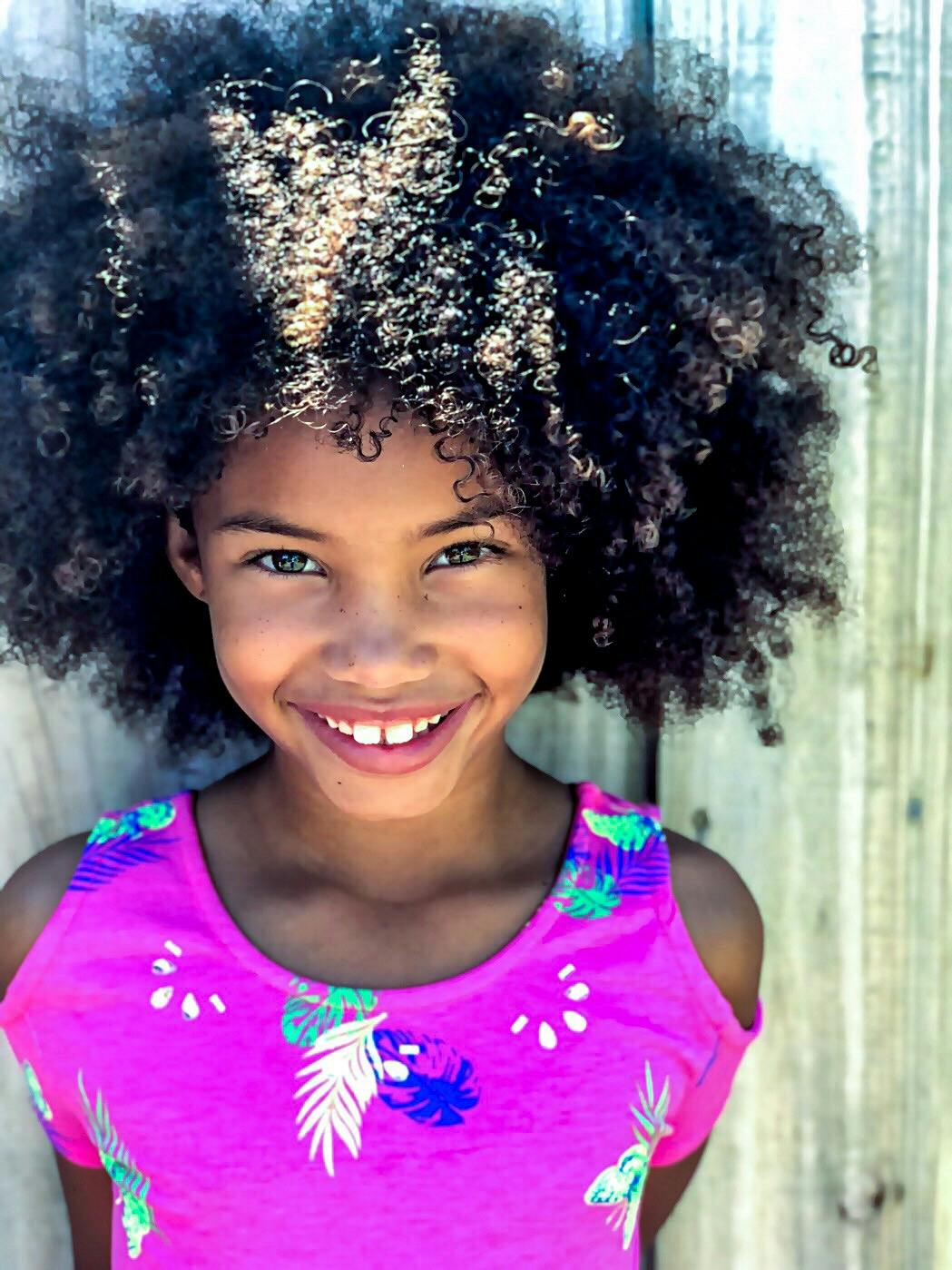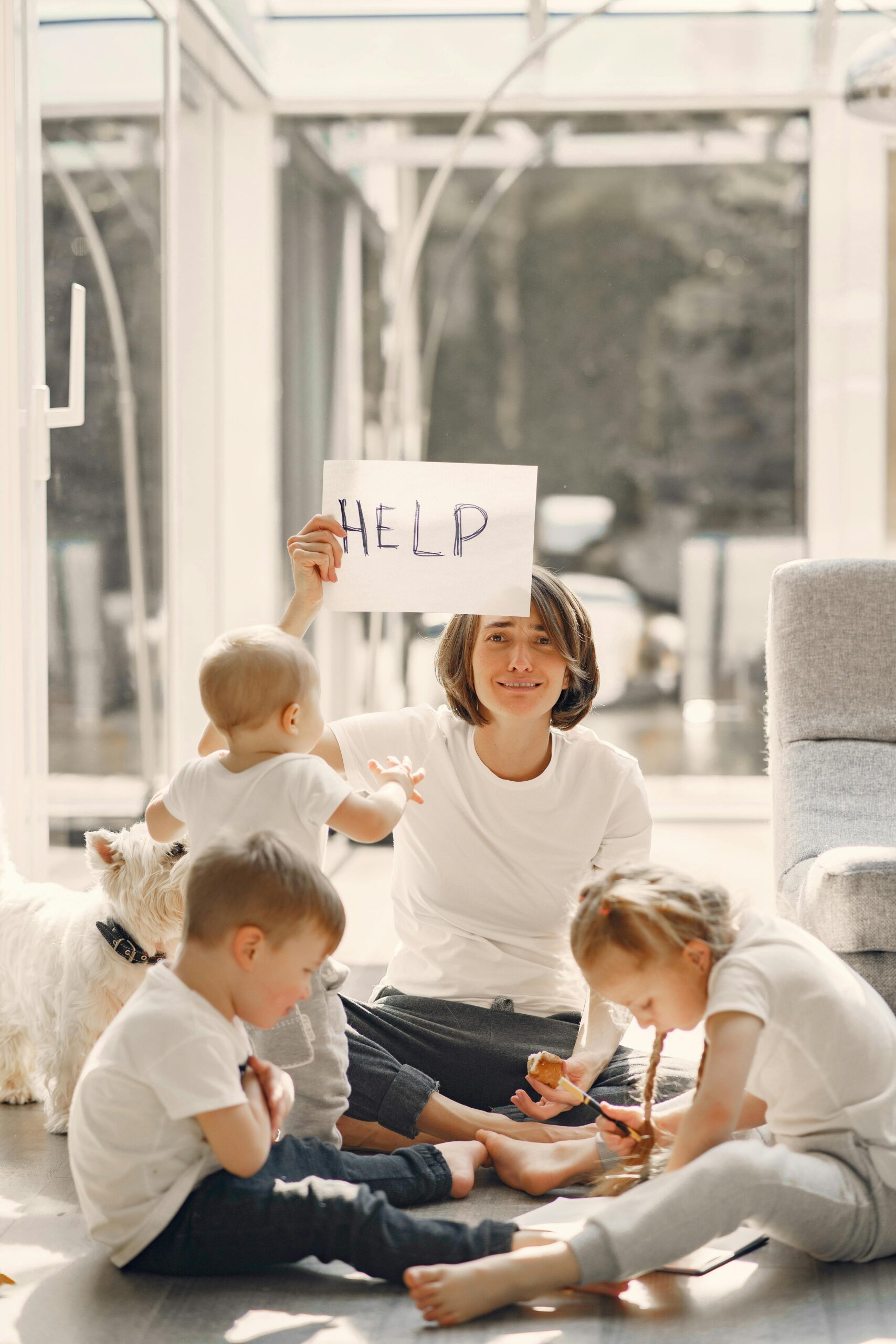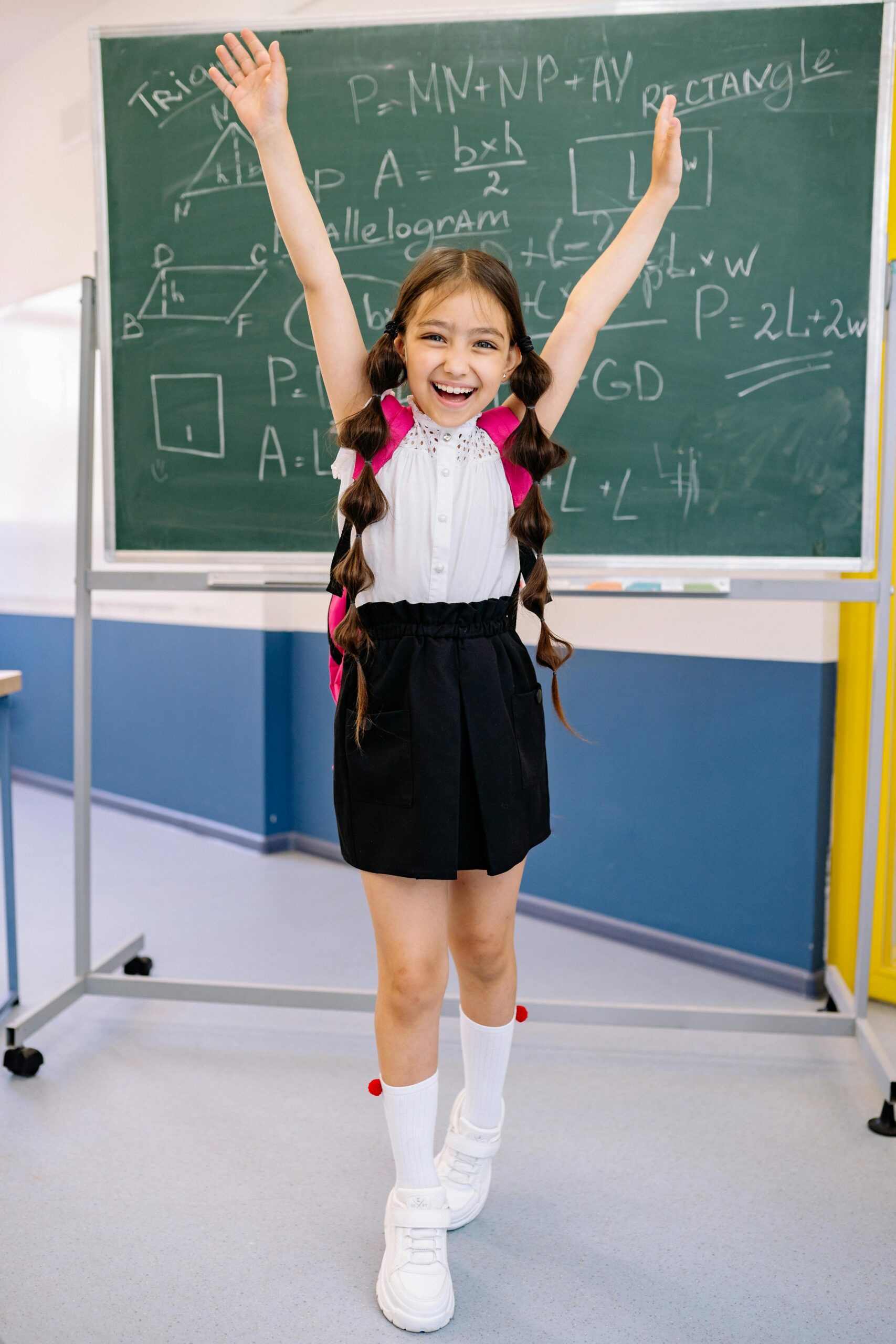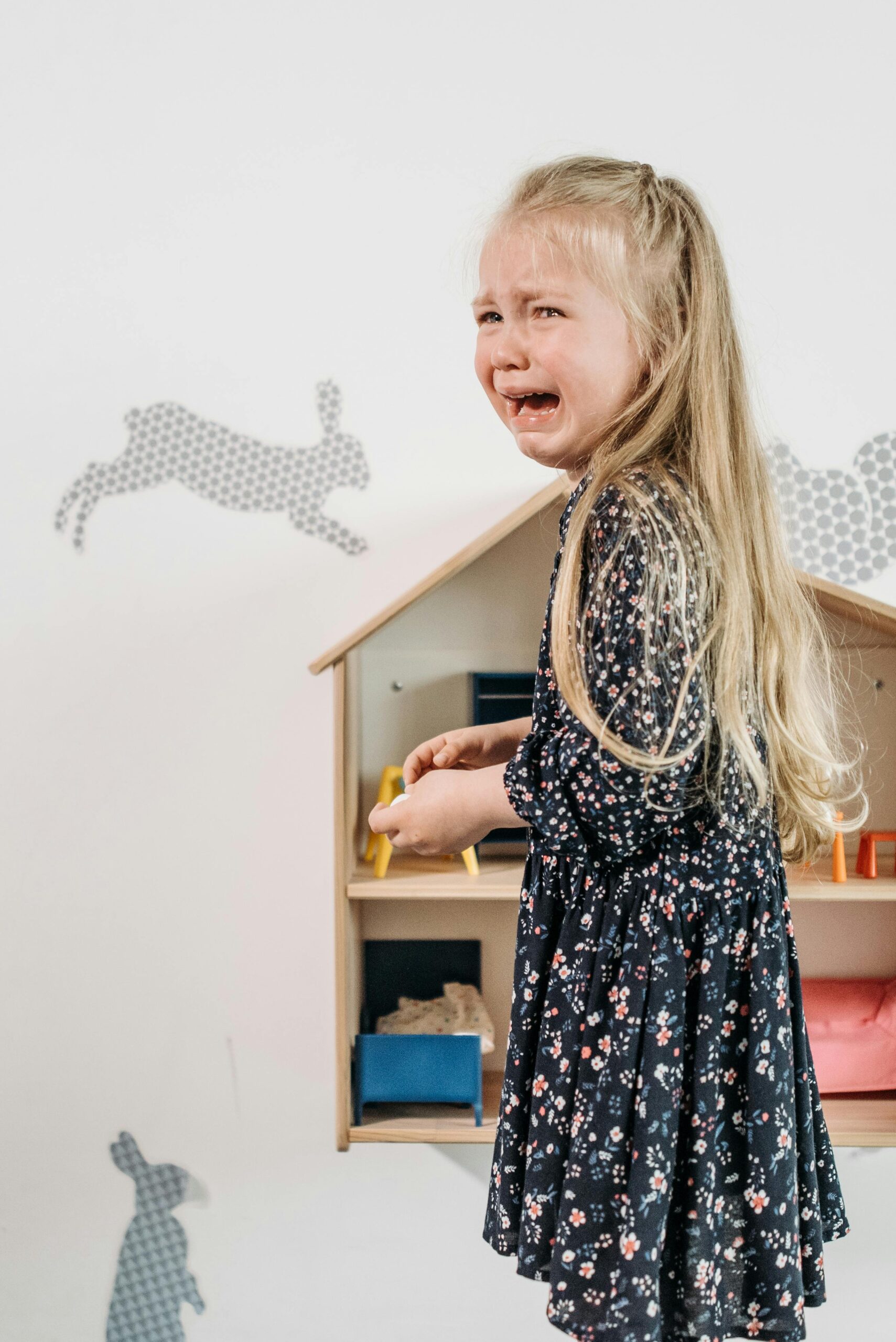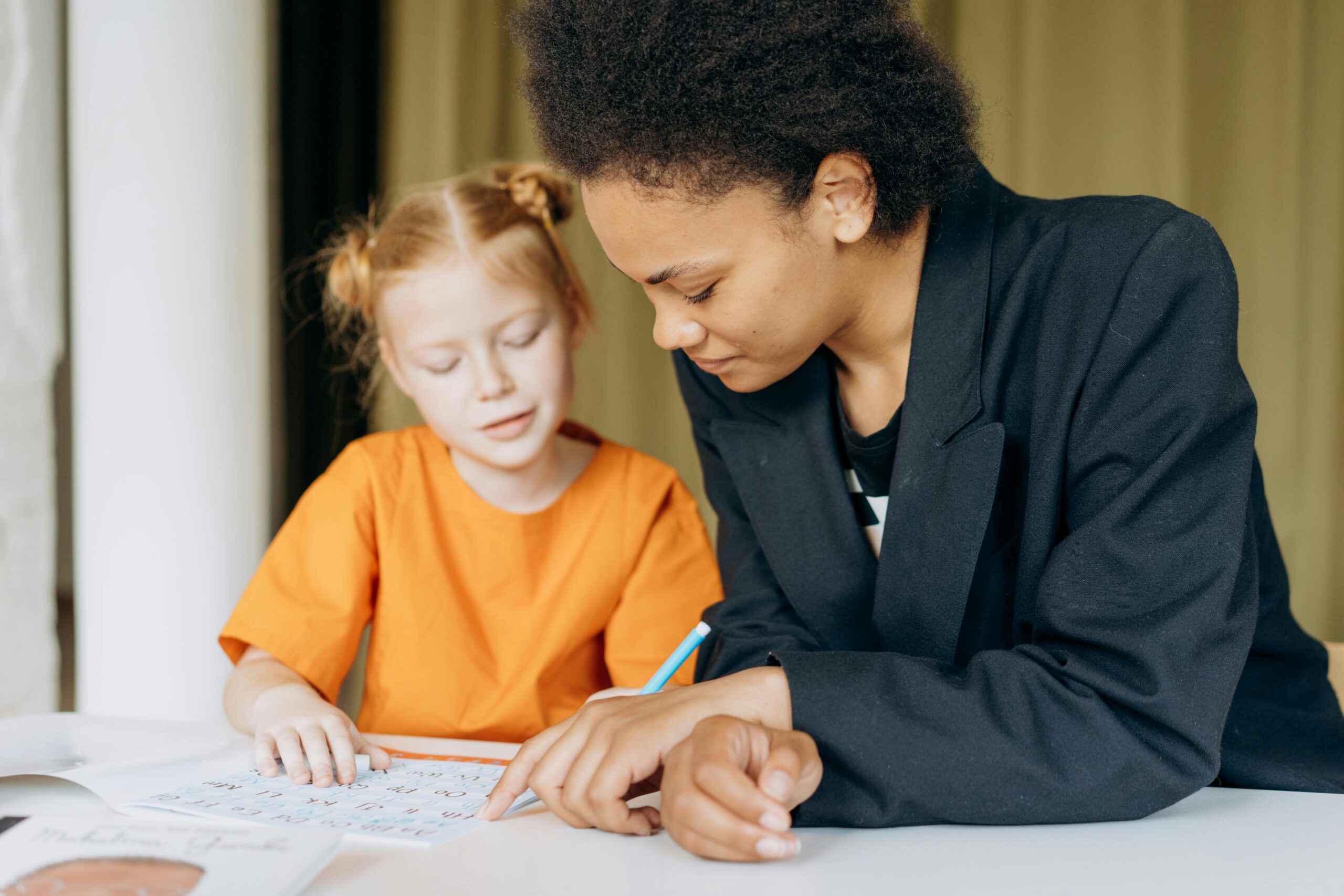Parent Reflection: The Overlooked Key to Teaching Emotional Regulation
As parents, we pour so much energy into teaching our kids how to manage their emotions – guiding them through big feelings, modeling calming techniques, and trying (sometimes unsuccessfully) to avoid the meltdown zones. But what if one of the most powerful tools for teaching emotional regulation doesn’t start with our kids at all? What if it starts with us?
Parent reflection is the often-missed piece of the emotional regulation puzzle. When we pause to consider our own emotional responses, we open the door to more effective, connected, and calm parenting. For more about the power of connection, click HERE.
Why Parent Reflection Matters
Children learn by watching. No matter how many times we tell them to “calm down,” they’re more likely to mirror how we respond to frustration, disappointment, and stress. Our ability to regulate our emotions sets the emotional tone for the household.
When we reflect on our reactions, three key things happen:
- We Recognize Our Triggers. By identifying what pushes our buttons, we can anticipate and diffuse those moments before they escalate.
- We Model Growth. When we repair after overreacting, we teach kids that mistakes are normal and can be fixed.
- We Build Connection. Staying calm during our child’s dysregulation sends the message: “I’m here, no matter how big your feelings are.”
A Simple Reflection Framework
After a challenging moment with your child, take a few quiet minutes to reflect. Here are a few guiding questions to get you started:
1. What Triggered My Reaction?
- Was I tired, overwhelmed, or frustrated by something unrelated to my child?
- Did I react to my child’s behavior, or was I responding to my own emotional state?
2. How Did I Respond?
- Did I stay calm, raise my voice, or walk away?
- How did my child react to my response – did it escalate or soothe the situation?
3. What Could I Do Differently?
- Could I have paused for a breath before responding?
- Would validating their emotions have changed the outcome?
4. How Can I Repair?
- If I overreacted, how can I reconnect with my child?
- Could a simple apology or acknowledgment of my emotions strengthen our bond?
Example:
“I was frustrated when you yelled, but I realized I reacted with too much anger. I’m sorry for raising my voice. Let’s try to handle this together next time.”
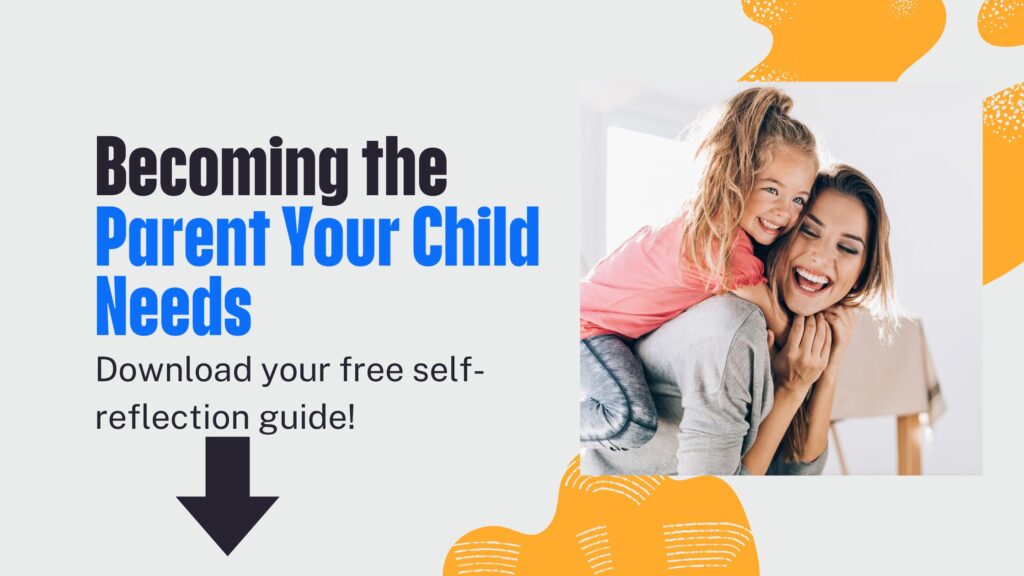
Take the first step toward becoming the parent your child truly needs with this free self-reflection guide! Click HERE to get the free guide
Modeling Emotional Regulation
Kids aren’t born knowing how to regulate emotions – they learn by watching the adults in their lives. Modeling doesn’t mean being perfect, but it does mean showing how to handle frustration or disappointment in healthy ways.
Try This:
- Narrate your emotions out loud. For example:
“I’m feeling overwhelmed, so I’m going to take a few deep breaths before we keep talking.” - Show self-compassion.
“I made a mistake, and that’s okay. I’m going to try again.” - Let your child witness repair.
“I shouldn’t have snapped earlier. I’m sorry. Can we have a redo?”
Building Emotional Awareness (For You and Your Child)
Part of emotional regulation is naming emotions. When parents label their own feelings, kids learn to do the same.
- “I’m feeling stressed because there’s a lot happening right now.”
- “I’m disappointed, but I’m going to take a break and try again later.”
Invite your child into the process by asking, “What do you think I’m feeling right now?” This normalizes conversations about emotions and opens the door for your child to share their own.
Repairing After Emotional Incidents
No parent gets it right 100% of the time (thankfully, we don’t have to). What matters most is how we repair. Repair shows kids that relationships can withstand difficult moments, and emotions are nothing to fear.
Quick Repair Phrases:
- “I got upset, but I want to try again. Let’s work together.”
- “I’m sorry for how I reacted. I love you, and we’ll figure this out.”
- “Next time, I’m going to try to take a deep breath before responding.”
The Parent Reflection Checklist
At the end of each day (or even just the tough ones), take a few minutes to check in with yourself.
Reflection Questions:
- Did I stay calm during difficult moments?
- If not, how did I repair with my child afterward?
- What emotional triggers came up for me today?
- How can I model emotional regulation more intentionally tomorrow?
Final Thoughts
Emotional regulation is a lifelong journey – for both parents and children. By reflecting on your emotional responses, you’re not just teaching your child how to manage their feelings – you’re modeling resilience, empathy, and connection.
Remember, you’re not alone in this. Every parent has moments they wish they handled differently. The magic lies in reflection, repair, and the willingness to keep growing alongside your child.
If you haven’t read our guide to teaching emotional regulation to kids, start HERE!
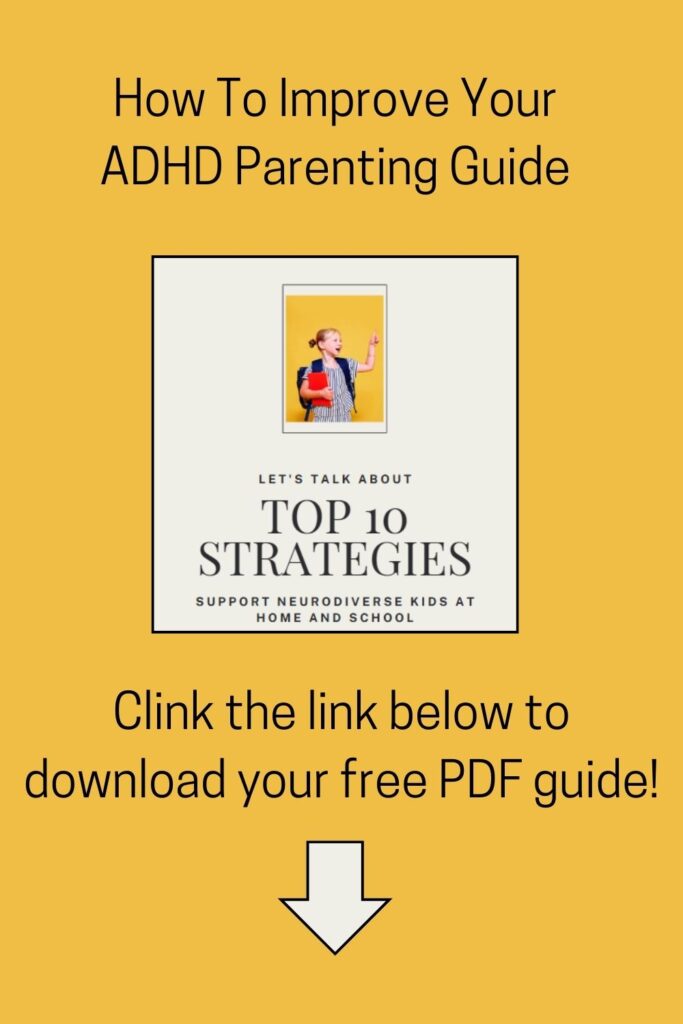
Check out this FREE resource: Top 10 Strategies to Support Neurodiverse Kids at Home and School! Click HERE to get the resource.

